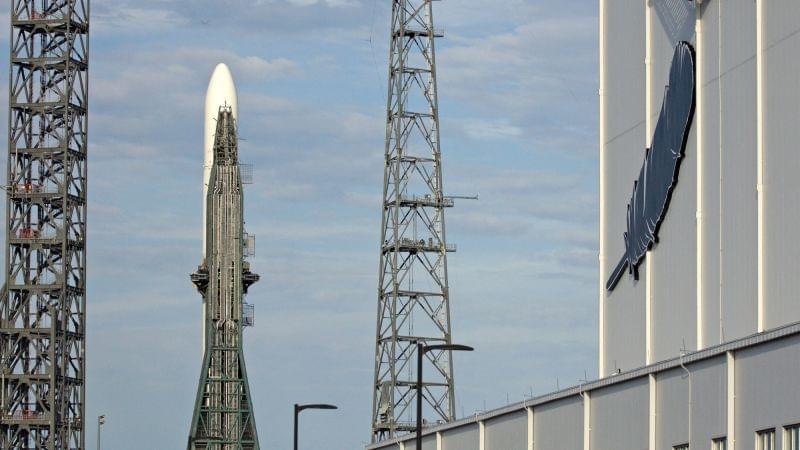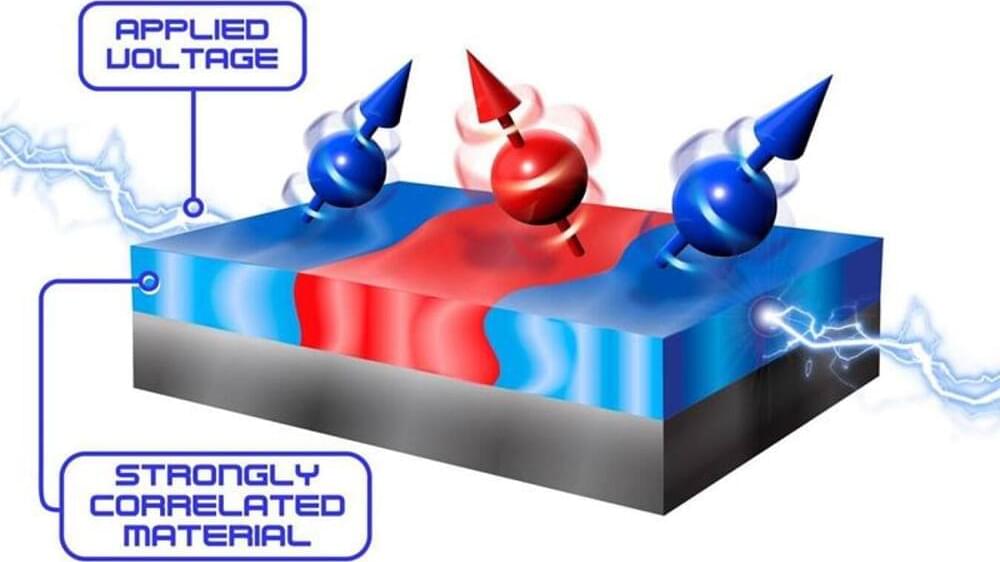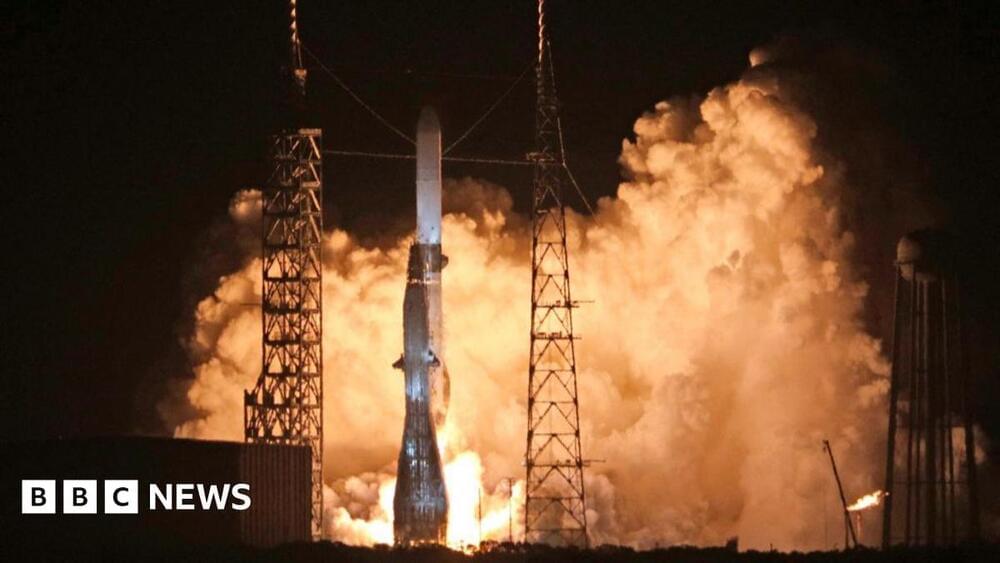SpaceX is preparing to launch the seventh Starship flight test. The window for the launch opens at 4 p.m. local time on Monday. The company has confirmed on its website, and X, that it is targeting a potential catch of the Super Heavy booster, if flight parameters allow for it. SpaceX will also try to re-ignite a single Raptor engine in space to demonstrate deorbit capabilities. This flight is the first one, that will feature the new upgraded Starship upper stage!
Window Opens: January 15th at 4PM CST (22:00 UTC)
Window Closes: January 15th at 5PM CST (23:00 UTC)
Mission: Starship’s seventh fully integrated test flight.
Launch location: Orbital Launch Pad A, Starbase, Earth.
Target orbit: Trans-atmospheric.
Booster: Booster 14
Booster recovery: Orbital Launch Pad A launch tower arms.
Ship: Ship 33
Ship recovery: Will attempt soft splashdown on the Indian Ocean.
Rocket trajectory: Straight east over the Gulf of Mexico.
Payload: 10 Starlink simulators.
Stats:
· SpaceX’s 7th launch of the year and the 7th launch of the month.
· Starship’s 7th launch.
· 3rd Super Heavy recovery attempt, hopefully the 2nd successful one.
⚡ Become a member of NASASpaceflight’s channel for exclusive discord access, fast turnaround clips, and other exclusive benefits. Your support helps us continue our 24/7 coverage. ⚡
🔍 If you are interested in using footage captured by this stream, please review our content use policy: https://www.nasaspaceflight.com/conte…
LDAPAABJRG2UMCU3.









